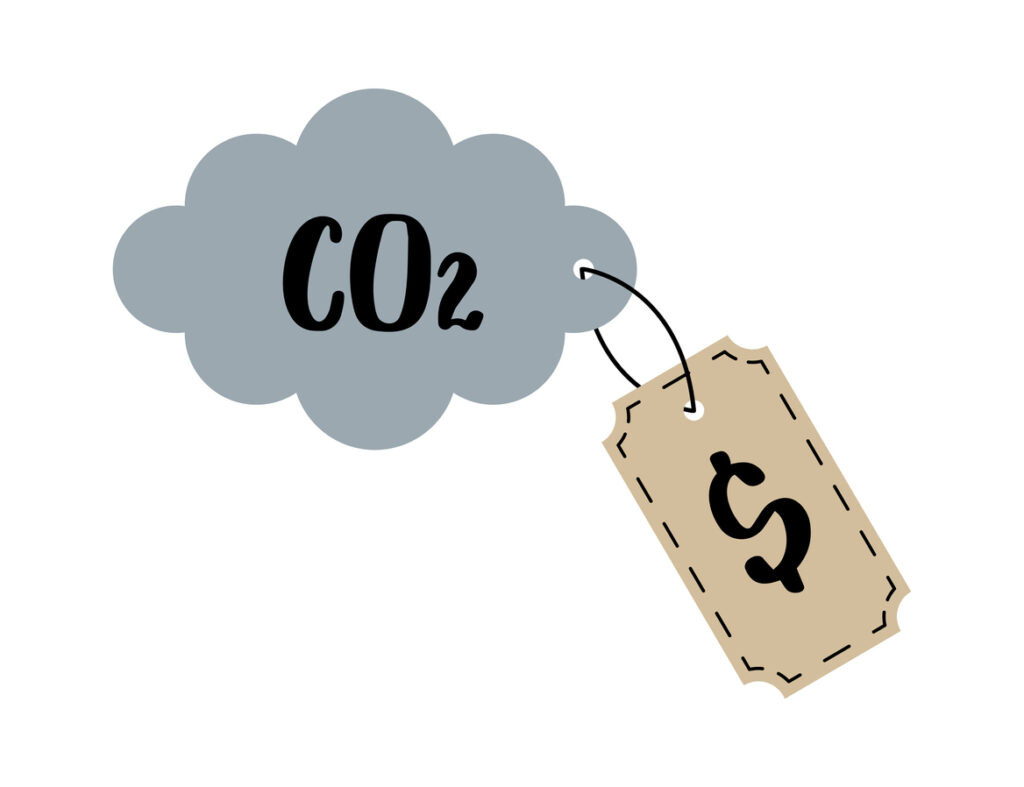As record-breaking heat events, droughts, floods, and wildfires continue to affect the world, consumers and governments are demanding ways that businesses can limit carbon emissions and its direct impact on the environment. Agriculture and food production is under particular scrutiny as it is one of the most carbon intensive human activities and it is increasingly important to determine how to reduce the carbon footprint of food production.
At IFAB, we believe that we must plan and be smart about navigating the complexities of reducing the carbon impact of food production, while simultaneously meeting our nutritional needs in a growing worldwide population. In this blog, we review some key ways that food production businesses can reduce their carbon footprint.
Energy Usage in Food Processing

Industrial food processing on a mass scale often consumes a great amount of energy through electricity or natural gas for cooking, refrigeration, and cleaning processes. Within each of these processes, there are opportunities to increase efficiency and reduce carbon emissions.
1. Diverting Heat
There is a great deal of heat generated from the cooking processes in food facilities, with excess heat often released into the air. Even in refrigeration systems, extra energy may be expended in order to get rid of that waste heat. There are opportunities to divert and reclaim this waste heat for other uses, such as pre-heating hot water, to be used in cleaning processes or for steam generation. The diversion of thermal energy in this way can make a meaningful impact, both to reduce carbon emissions and to reduce heating bills.
2. Replacing Fuel Sources
Another approach to carbon reduction is to replace natural gas and other fossil fuel consuming processes with electric alternatives, assuming the local grid is receiving electricity from non-carbon-based sources.
Exchanging natural gas equipment for electric alternatives, such as replacing an HVAC system or gas oven, may present challenges around having sufficient electrical capacity, however, these kinds of changes can be a direct way to reduce carbon emissions and are easily measurable. On the other hand, if the local electric grid is powered by fossil-fuels, like coal powered plants, then this approach is less effective at actually reducing carbon emissions.
The local energy source will vary across Canada. Ontario has less than 10% of electricity generated using carbon-based energy sources, while other provinces, such as Alberta and Saskatchewan, receive most of their electricity from carbon-based sources such as coal and natural gas plants. A potential way to offset this is to install modern heat pumps, which are capable of producing more than three units of heating energy per unit of electricity under the right conditions.
3. Reducing Waste
Aside from diverting energy, energy reduction, and switching from fossil fuel energy sources, simply reducing waste can have the most impact for carbon emissions reduction.
Preventing food waste that is destined for landfill prevents the methane and carbon that would have been released. Implementing Lean Manufacturing Principles can help food processors streamline operations, eliminate unnecessary steps, and optimize resource utilization.
Carbon Reduction Plans

For companies that want to develop a carbon reduction plan, it is important to understand the current baseline of energy use in order to measure any carbon or energy savings with future changes.
For a food producer, it may make sense to appoint a Certified Energy Manager to monitor energy usage and environmental initiative outcomes. Measurements can be taken by adding energy meters to different aspects of food production, including:
- Refrigeration
- Hot-water or steam production
- HVAC equipment
- And more
Monitoring can help with optimizing operations and determining whether certain systems are failing or are insufficient for dealing with demands of the task. The information collected can then be analyzed to determine which components are consuming the most energy and are best to target for reduction as part of your carbon reduction plan.
Funding Support

In order to support your carbon reduction, funding is available across a variety of provincial programs, such as through Save on Energy in Ontario, Emissions Reductions Alberta, and other provincial utilities providers.
These provincial programs offer incentives for adopting energy saving equipment and for developing energy saving plans. These programs are typically tied to measured changes in energy use and carbon use, and it will be important to include energy monitoring systems when considering applying.
Other programs encourage supplementing grid energy usage with on-site generation, such as solar panels and wind turbines, though an overall assessment of other “low hanging fruit” can often be more prudent than investing in this type of infrastructure.
Innovative Thinking Helps

Producers that consider innovative process adoption will also find creative ways to reduce their carbon footprint.
1. Upcycle Ingredients
Some companies are targeting waste streams of food production to “upcycle” the waste into new ingredients and products, such as turning spent grains from beer production into bakery products, or turning stale bread into beer. It is this type of ‘outside of the box’ thinking that can result in significant reductions in carbon by reusing materials that might otherwise end up in landfill.
2. Reduce Packaging
Reducing the amount of packaging used for finished goods can be impactful as it will reduce the space needed and logistics required to ship. Endeavouring to source ingredients close to production facilities will also help to reduce carbon emissions from long-haul transportation.
The urgent pressure for the food industry to reduce their carbon footprint will only increase over time. Governments are active in implementing environmental legislation and consumers increasingly scrutinize how their food is produced, especially in our era with access to so much information. Good planning and prudent decisions can go a long way towards achieving the goals of carbon reduction and environmental sustainability.
If you’re thinking about making sustainability upgrades to your food facility, including energy recovery or how to reduce food waste, reach out to the team at IFAB to discuss how we can help make your environmental goals a reality.